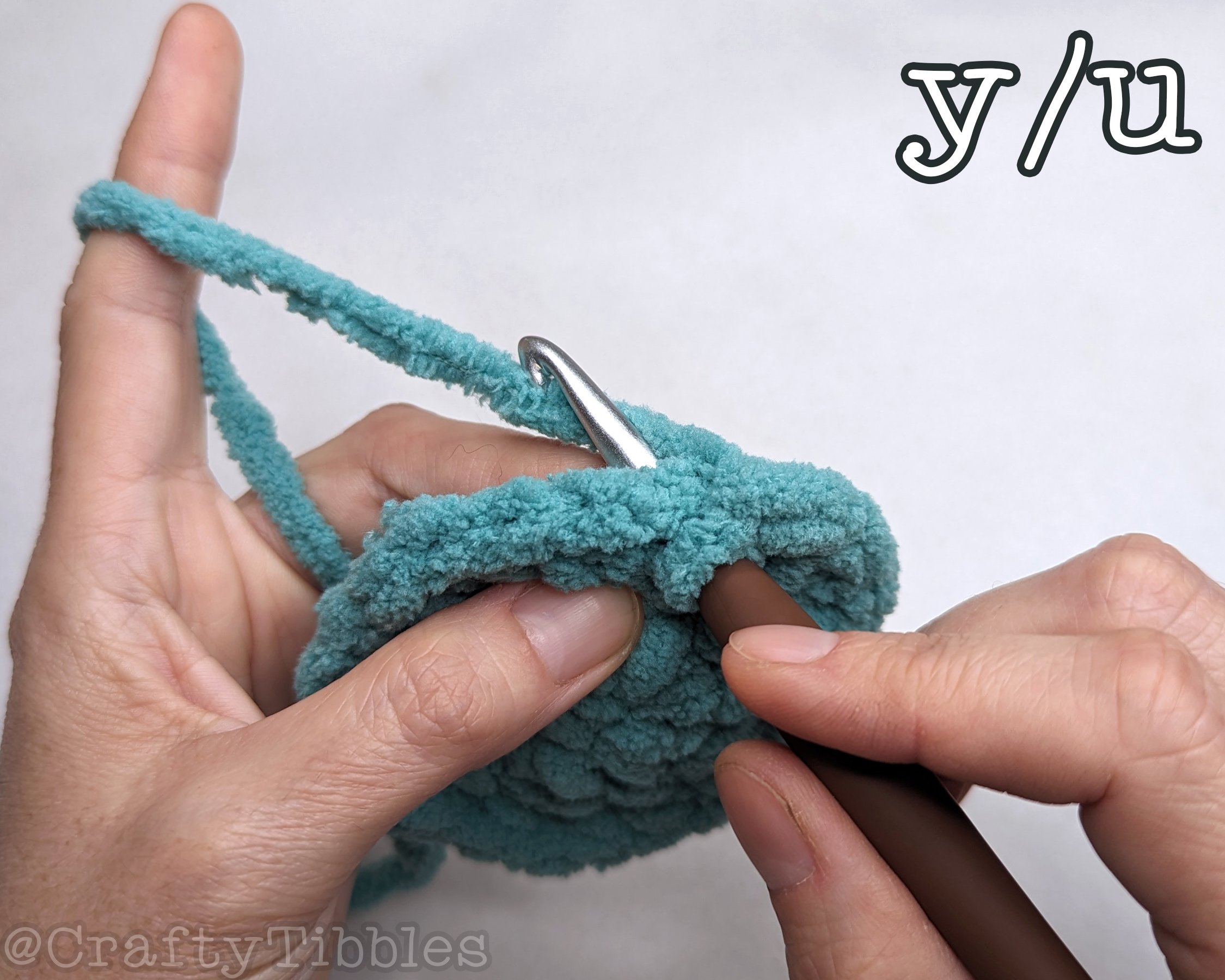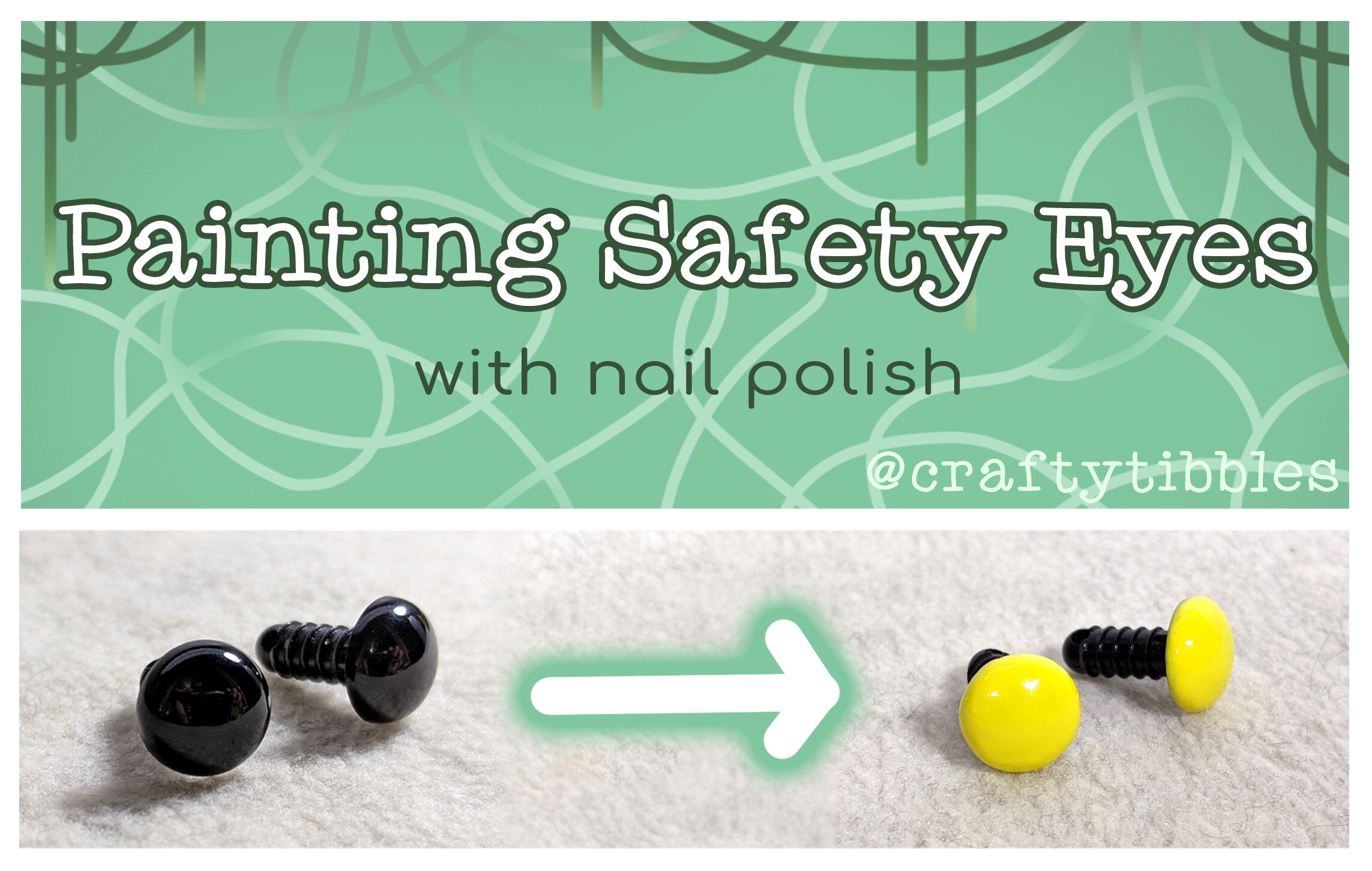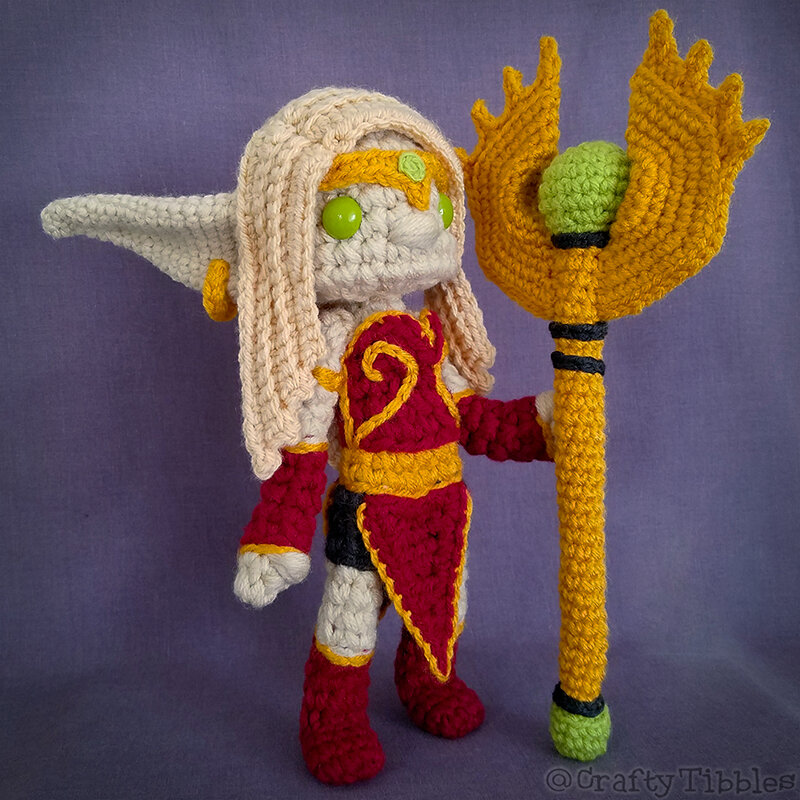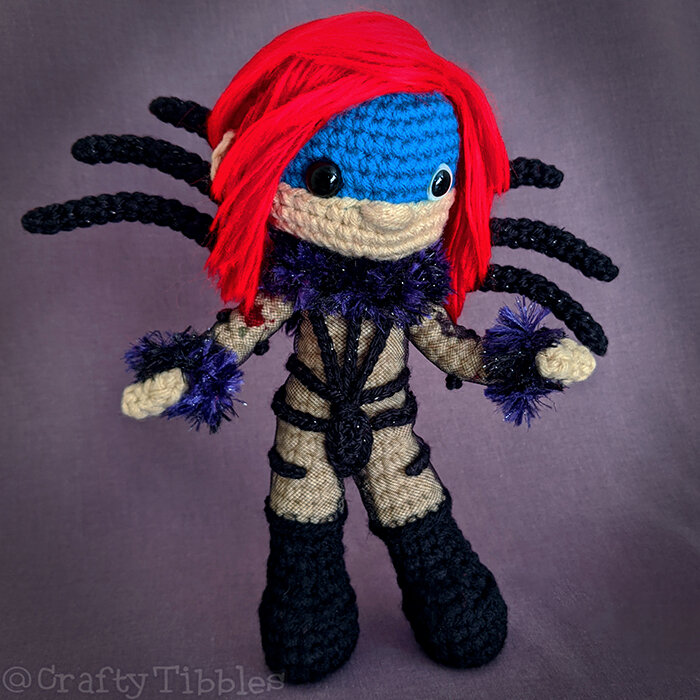How to Download a Pattern Purchased on Etsy
Probably 95% of the messages I get on Etsy are from customers that can’t figure out how to download the pattern they just purchased. You are not alone! It’s confusing! Please don’t dock a star from your review because of Etsy’s messy platform- digital sellers know this problem all too well, and we can’t do anything about it.
Mobile:
Do not use the Etsy app. You cannot access downloads from the app at all. In fact, you may need to uninstall or disable the app. (If you do have it installed, it can default to opening the app even if you don’t want it to.)
Using your preferred Internet browser, paste this link into the URL bar: https://www.etsy.com/your/purchases
Find the pattern, and tap the very small grey arrow to the right. If you don’t see this arrow, it means you are in the app. (A)
Tap “Download Files” at the top, next to your order number. (B)
Scroll down to find the .PDF downloads, below the seller’s message. (C)
Desktop:
If you have access to a PC or laptop, it’s easier to find the download links.
Using your preferred Internet browser, go to: https://www.etsy.com/your/purchases
Find the pattern, and tap “Download Files” to the right. (A)
Scroll down to find the .PDF downloads, below the seller’s message. (B)
Hope this helps! If you want to link to this page for your own customers feel free!
Pattern featured in my own purchases: Zoidberg by June Lee (hilarious and great) https://JuneLeeHooker.etsy.com
Etsy’s official help article: www.etsy.com/help/article/3949







































































